Monday Morning Walk Through the Gardens
It’s been a rainy weekend and it’s promising to be a rainy morning, but our flowers love this weather. If you can’t come view these beauties in person today, take a virtual tour of our garden…
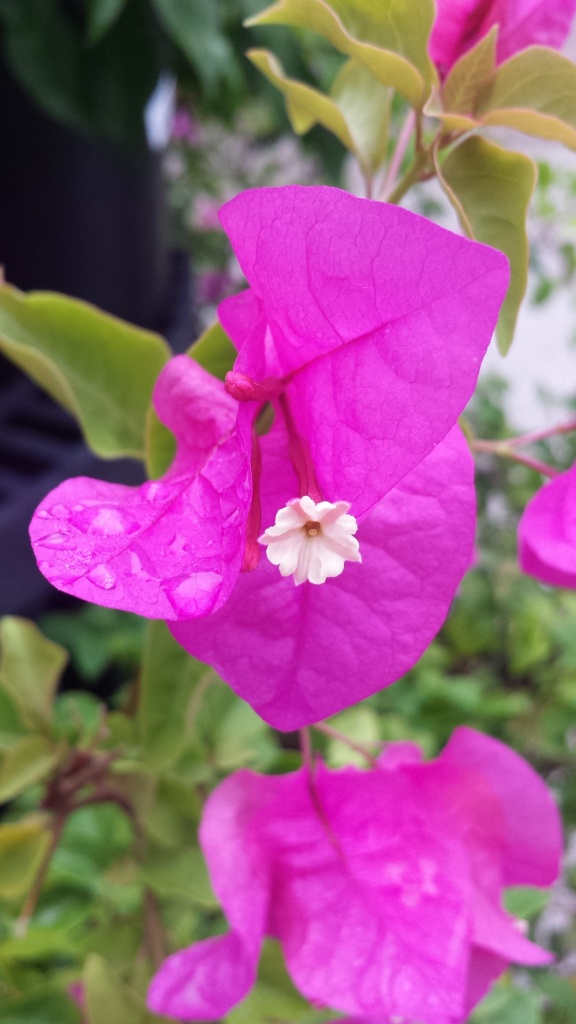
Bougainvillea for sale in our Garden Shoppe
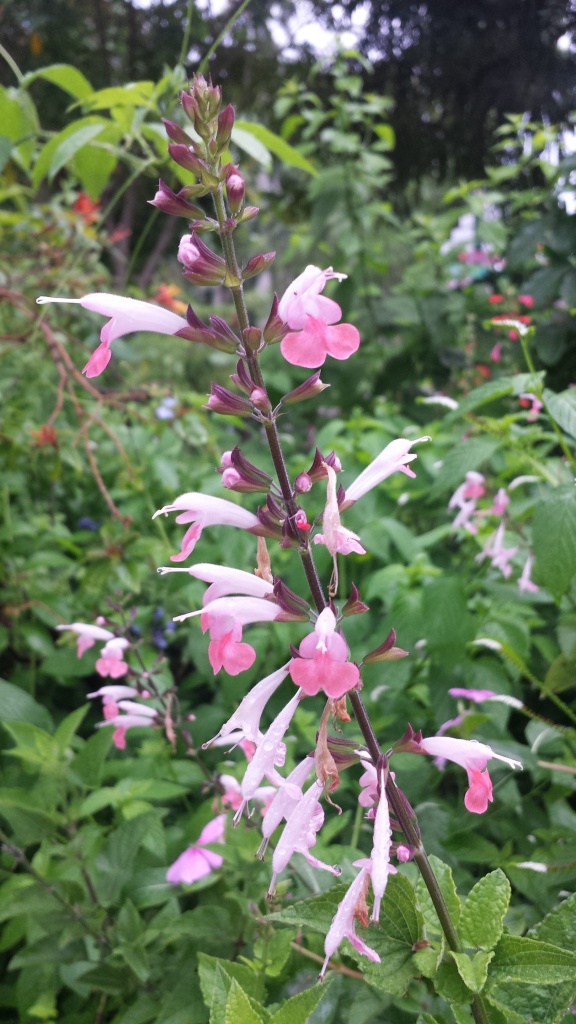
Salvia in our Butterfly Garden
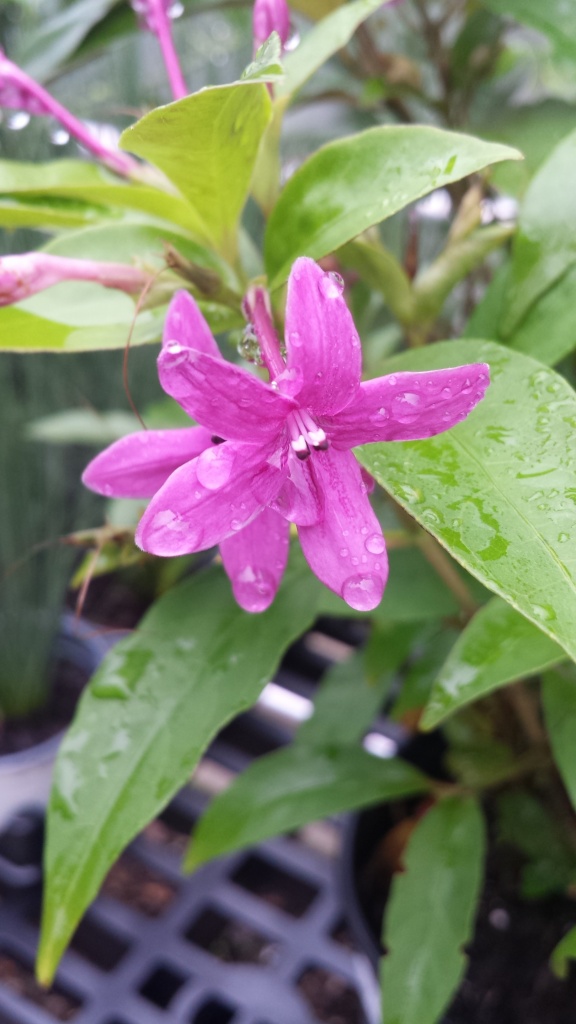
Shooting Star for sale in our Garden Shoppe
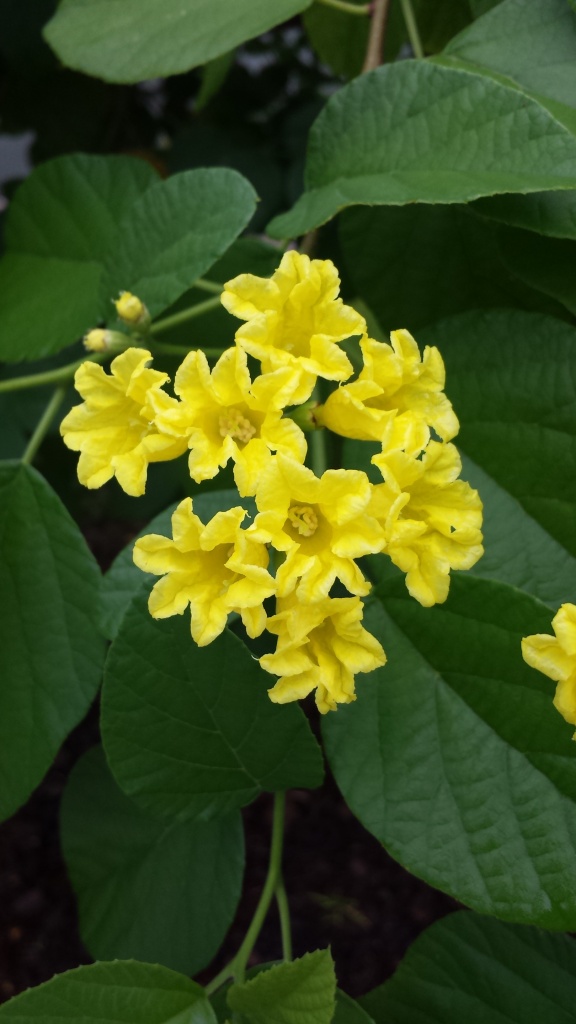
Yellow Geiger near our Garden Shoppe.
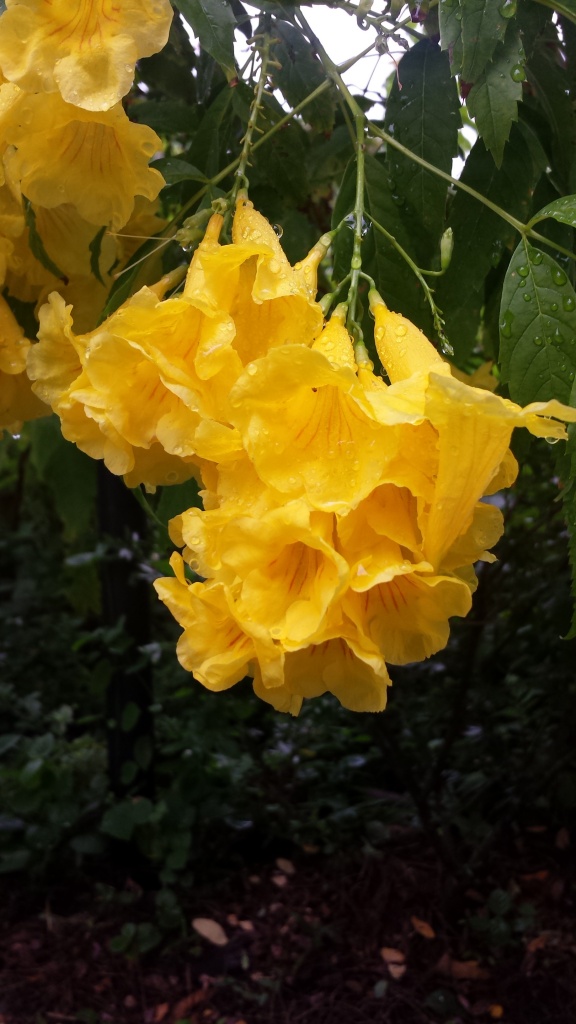
Yellow Elder in our Butterfly Garden
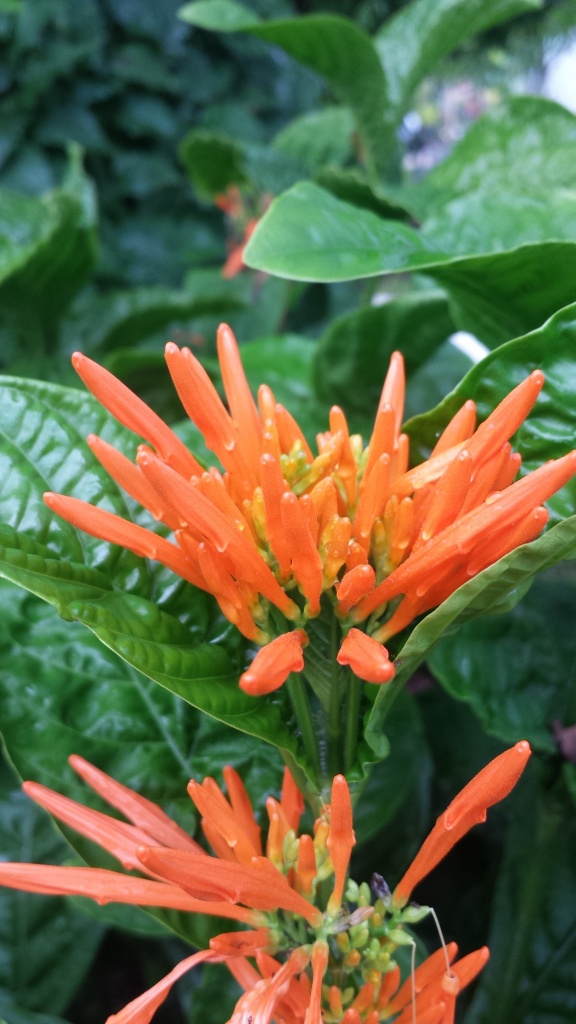
Orange Justica in our Butterfly Garden
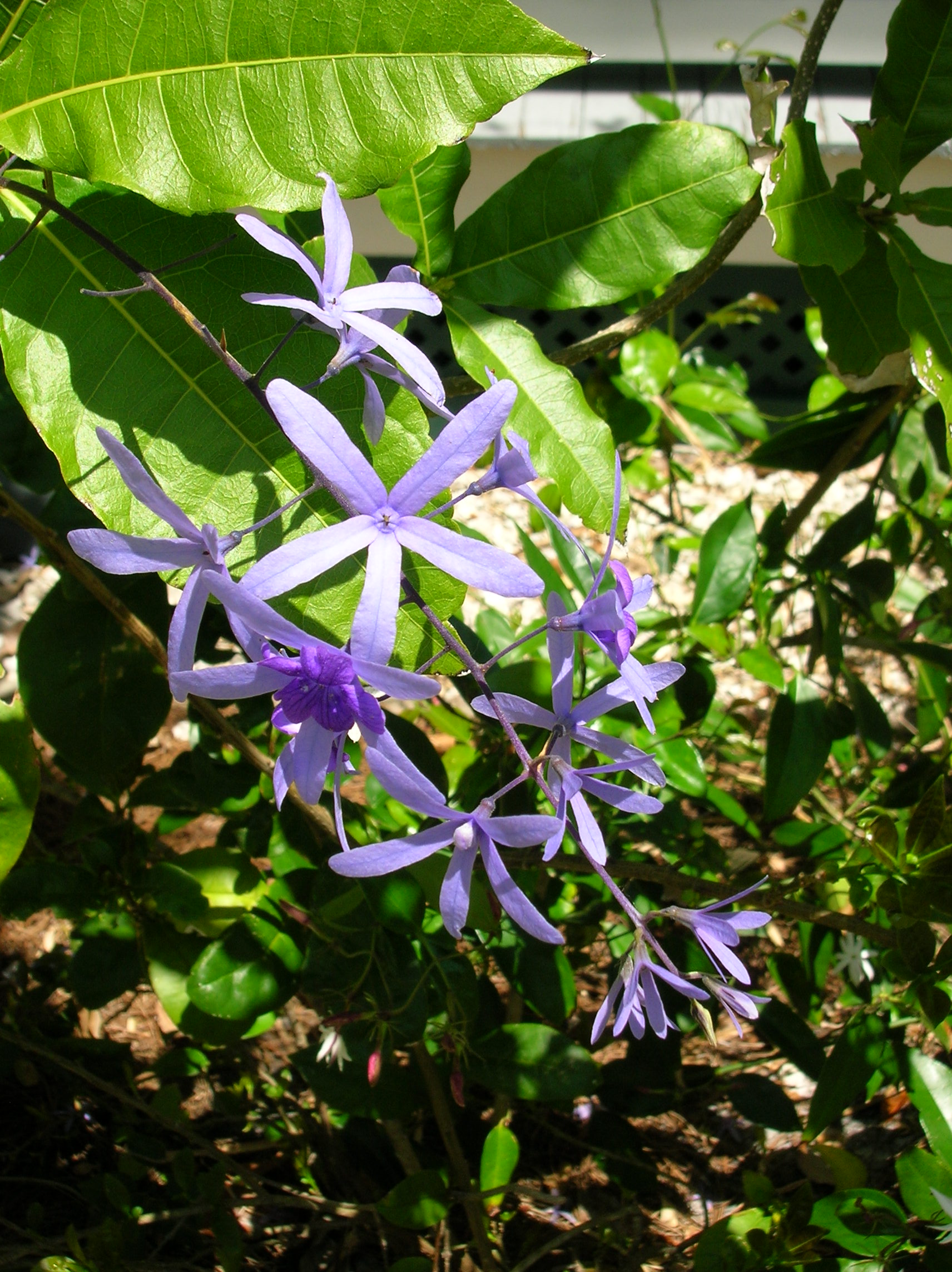
Queen’s Wreath in Mina’s Moonlight Garden
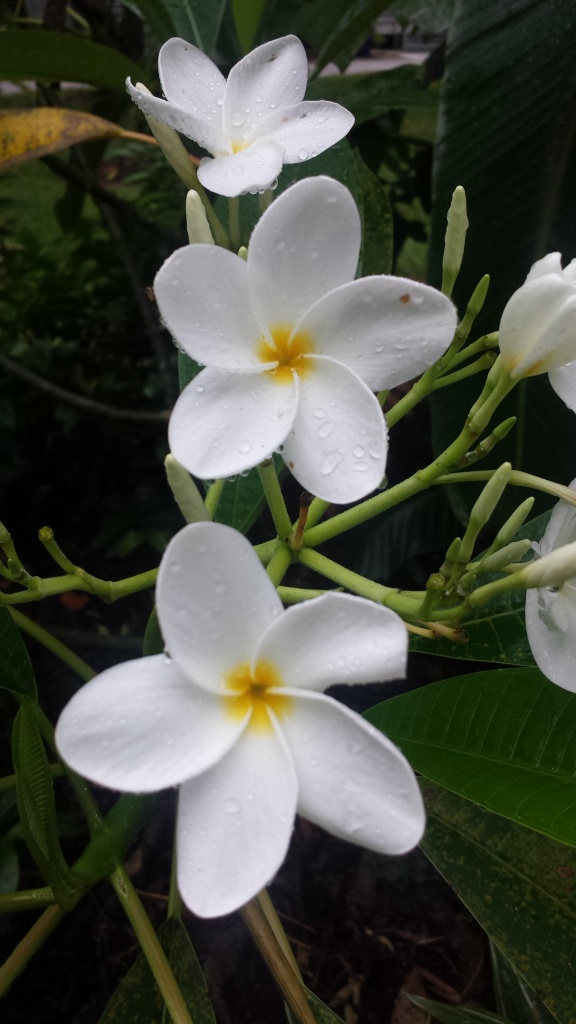
Plumeria in Mina’s Moonlight Garden
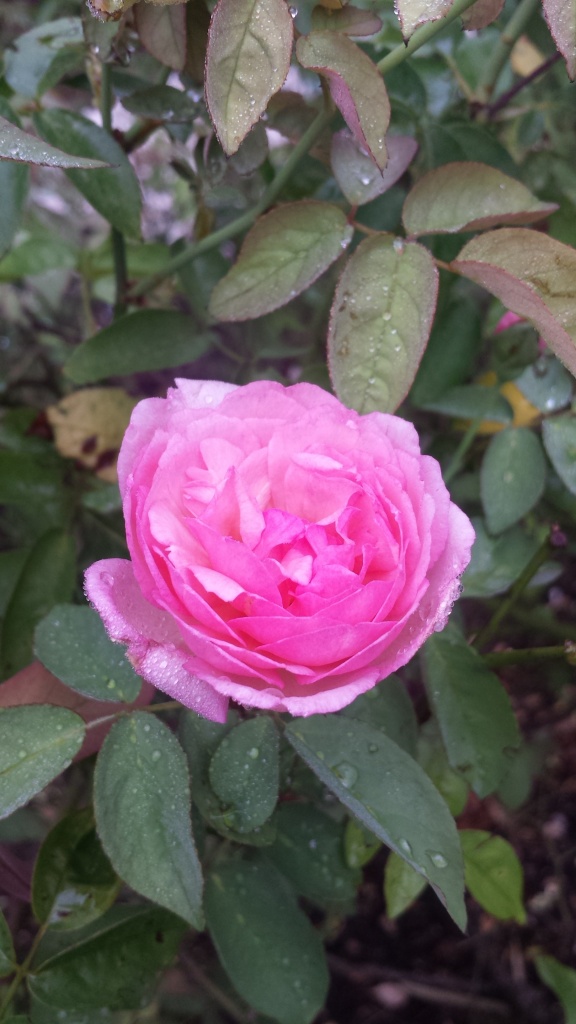
Duchesse de Brabrant rose in Clara Ford’s Rose Garden
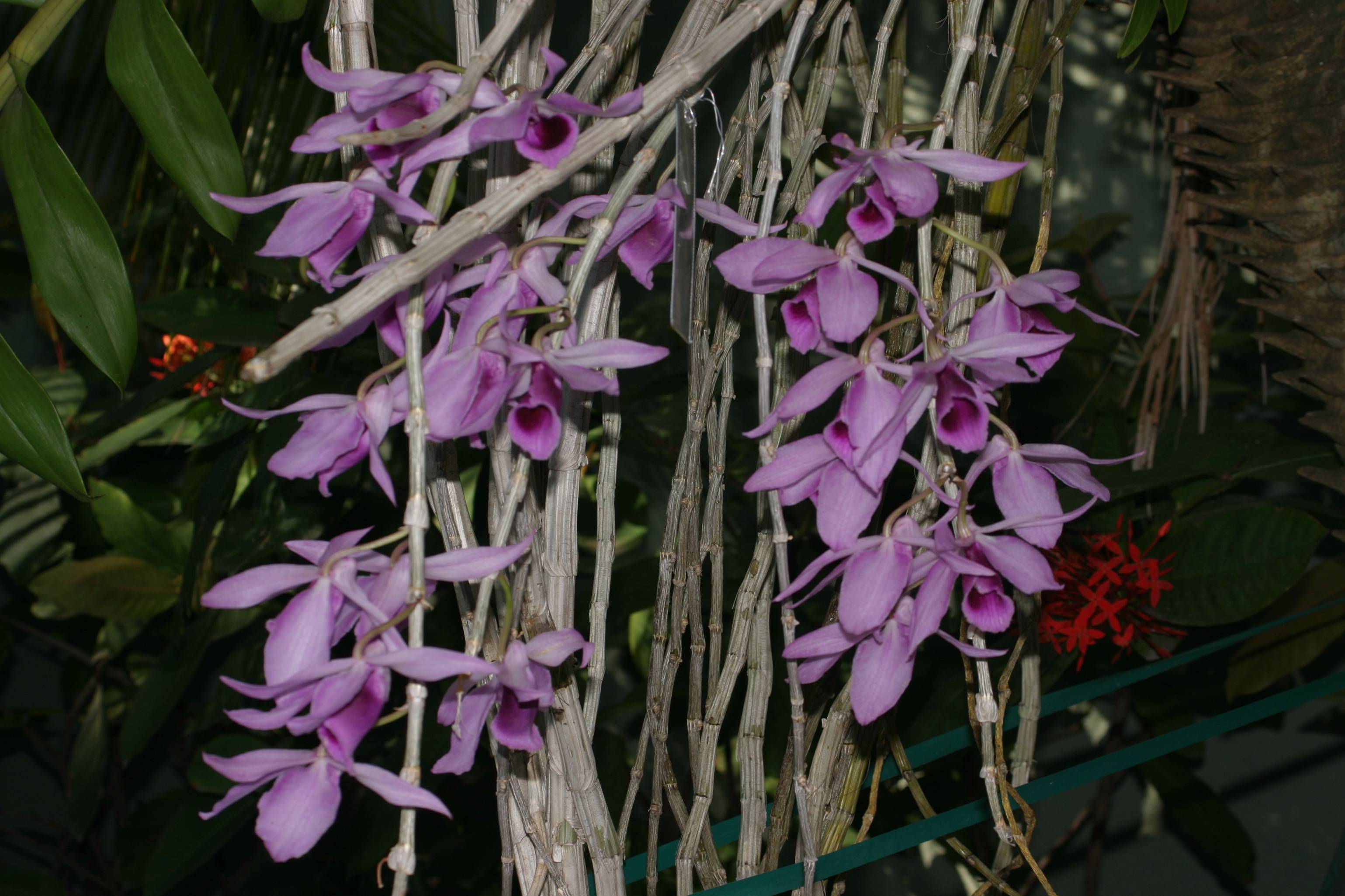
Orchid near the Edison fountain

Angel’s Trumpet ‘Double Peach’ in Mina’s Moonlight Garden
What is a Boondoggle?
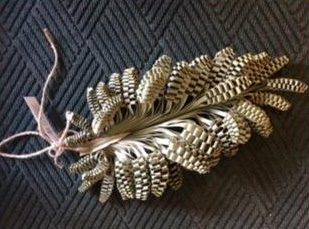
If you are looking for an unusual gift for yourself or others, then the old fashioned heritage craft known as a boondoggle will fit the bill.
Boondoggle are woven from sabal palm and legend has it that they ward off lightning strikes and bring good luck to the household. They were a traditional wedding present, and they are just plain beautiful.
The Edison Ford stores have boondoggles for sale in all of the locations, Museum Store, Ford Cottage Shoppe and the Edison Ford Shoppe at Bell Tower Shops. They are made by local crafts person and a beautiful addition to any home or building.
Dwarf Poinciana: A Garden Showstopper
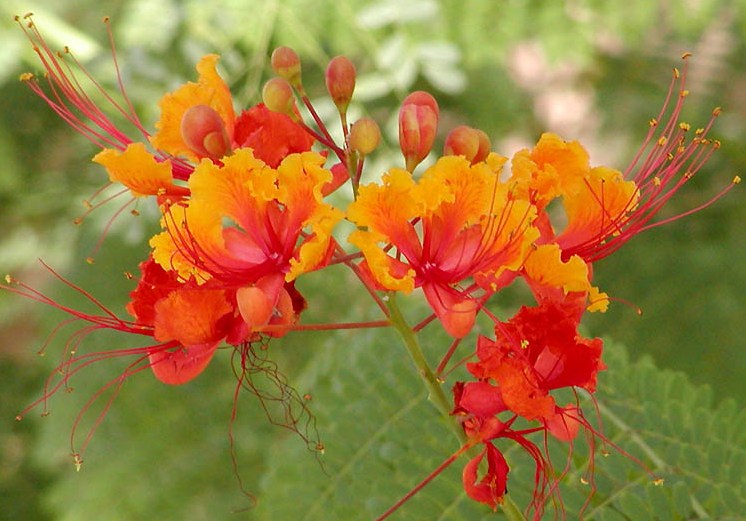
Have you ever wanted a Royal Poinciana Tree, but in a much smaller size? Consider the Dwarf Poinciana for your next garden addition.
The Dwarf Poinciana (Caesalpinina pulcherrima) is an evergreen shrub that can be trained and pruned into a small specimen tree in frost free climate zones.
In zones 8 and 9 it can be damaged by frost, but will return in the spring and quickly re-grow. In the tropics it is also know as Peacock Flower or Pride of Barbados and can grow up to 15 feet tall and wide. In normal garden cultivation it will grow to about 8 to 10 feet tall and wide, but tolerates pruning in order to maintain shape and form.
The foliage is very fernlike and produces many showy flower blossoms that resemble those of the Royal Poinciana tree. The flower colors vary from the common red, orange and yellow variety, an all yellow variety and another with a pinkish rose coloration.
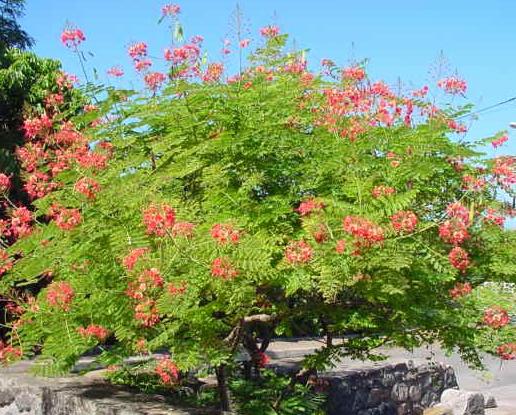 This is a great specimen to add to your garden. The Dwarf Poinciana can also be grown in a pot or container and brought inside if there is a threat of frost or freezing temperatures.
This is a great specimen to add to your garden. The Dwarf Poinciana can also be grown in a pot or container and brought inside if there is a threat of frost or freezing temperatures.
The Edison & Ford Estates Garden Shoppe is currently selling both red and pink Dwarf Poincianas that were grown from the seeds of trees on our property. A one gallon pot is just $8, so get one of each color!
The Edison and Ford Winter Estates Garden Shoppe is open daily from 9-5:30. If you love plants, you’ll want to attend our semi-annual Garden Festival featuring hundreds of tropical and exotic plants, garden-themed arts and crafts, food, music and kid’s activities. The next festival is November 19-20, 2016. Click here for more information.
Monday Morning Walk Through the Gardens
Something is always blooming at the Edison and Ford Winter Estates. Take a virtual walk through our gardens to see some of the amazing plants putting on a show in mid-September. Now is your chance to see the Devil Tree, in the first parking lot by the banyan tree, in bloom.
Garden Shoppe Spotlight: Pagoda Plant
Finding flowering plants for shady yards in Florida can be tricky. One of our Garden Shoppe’s newest arrivals, the pagoda plant, Clerodendrum paniculatum, will light up your Florida garden with brilliant red-orange flowers against dark green, round to heart-shaped leaves. The tubular flowers are attractive to pollinators, including hummingbirds.
It does best in part sun to light shade and needs moist soil. Leave some room as the pagoda plant, like many Clerodendrums, will produce suckers and spread across your garden and reach a height of three to five feet. Somewhat hardy, it will bounce back after a freeze, allowing it to grow in zones 8-11.
Visit our Garden Shoppe and bring home your own pagoda plant. Consider pairing it with some of the other new arrivals like Mojito elephant’s ear, Colocasia esculenta ‘Mojito’, and Persian shield, Strobilanthes dyerianus , two plants that also prefer part sun to light shade and moist soil.
The Edison and Ford Winter Estates Garden Shoppe is open daily from 9-5:30. If you love plants, you’ll want to attend our semi-annual Garden Festival featuring hundreds of tropical and exotic plants, garden-themed arts and crafts, food, music and kid’s activities. The next festival is November 19-20, 2016. Click here for more information.
So Many Mangoes, So Little Time
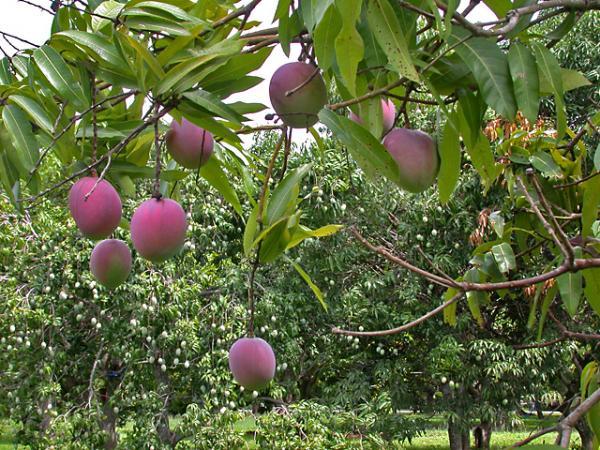 If it’s summer in southwest Florida, you’ll hear a lot of residents ask, “When will this heat end?”, “When will it stop raining?” and “What do I do with all these mangoes?”
If it’s summer in southwest Florida, you’ll hear a lot of residents ask, “When will this heat end?”, “When will it stop raining?” and “What do I do with all these mangoes?”
While many of us year-round Floridians are enduring the heat and humidity, the mango trees are thriving and producing fruits. After more than 100 years of cross-breeding, resulting in numerous varieties that can ripen at different times, fresh mangoes are available from spring through fall in Florida, but July to September is peak time for fruit production.
If you have a tree near your house, you are familiar with that “Thud!” signaling another mango has fallen to the ground. Unfortunately, many of those that fall are either under-ripe, over-ripe or suffer damage from the fall that makes them inedible. The flesh of large, under-ripe mangoes is green and can be tried in savory dishes like chutney. Or you can try one of Henry and Clara’s Fords favorite recipes for green mango pie here, although trying to make unripe fruit sweet is often tricky. Ripe mangoes are often eaten fresh or added to a refreshing summer salad. Check out our recipes for mango and black bean salad, mango smoothies, and mango salsa.
Visit our Garden Shoppe, where we sell a variety of delicious mango varieties that you can grow in your yard. Currently, we have the ‘Carrie’ and ‘Mahachanok’ varieties in stock. Both are free of the fibers common in many mango fruits. The ‘Carrie’ only reaches a height of 20 feet. The ‘Mahachanok’ fruits twice a year.
If you have too many mangoes, or don’t care for them but hate to see them go to waste, call your local food bank and ask if you can donate mangoes. Many organizations will accept fresh fruit from individuals. The Harry Chapin Food Bank of Southwest Florida is one of many charities that accepts fresh mangoes.
Mangoes for Everyone
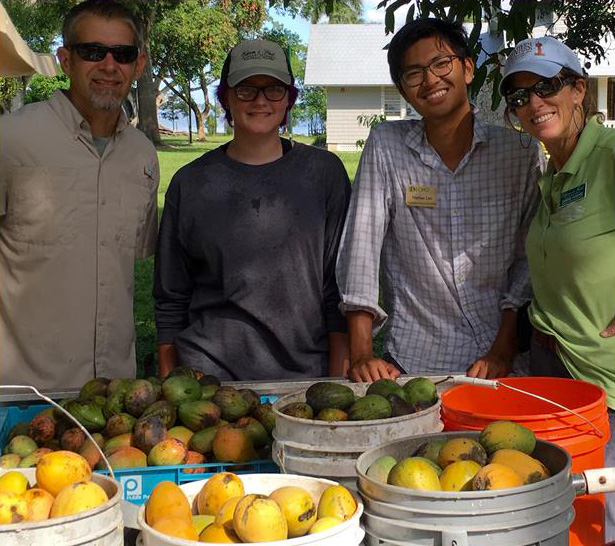 By now everyone knows that Henry and Clara Ford owned a Florida estate named “The Mangoes,” for the allée of mango trees that lined their property and the Edison Estate along McGregor Boulevard. The Edison family added innumerable orchids in the mango trees on this area of their property, which they called “Orchid Lane.”
By now everyone knows that Henry and Clara Ford owned a Florida estate named “The Mangoes,” for the allée of mango trees that lined their property and the Edison Estate along McGregor Boulevard. The Edison family added innumerable orchids in the mango trees on this area of their property, which they called “Orchid Lane.”
Today Edison Ford continues the tradition begun by the Edison and Ford families. In fact, there are 17 different mango varieties on the property (including the “old Florida turpentine mango”).
Edison Ford collaborates with ECHO (Educational Concerns for Hunger Organization) in North Fort Myers. ECHO Farm Manager, Tim Watkins, and interns assisted Senior Horticulturist, Debbie Hughes gather turpentine mangoes (approximately 1,000). ECHO Nursery grows the seeds as rootstock, grafts mango varieties to the rootstock, and distributes grafted fruit trees to needy communities around the globe to help grow their own. Edison’s old mangoes have made their way around the world.
Garden staff gathers fruit from the property and will sell what is available in the Museum Store. Because mangoes ripen differently, it’s always good to call ahead to see what is ripe and available for sale. This time of year, there is starfruit, and eventually Meyer lemons, calamondins, key limes, and limequats seasonally. For more information on what’s available call, the Museum Store at 239-334-7419.